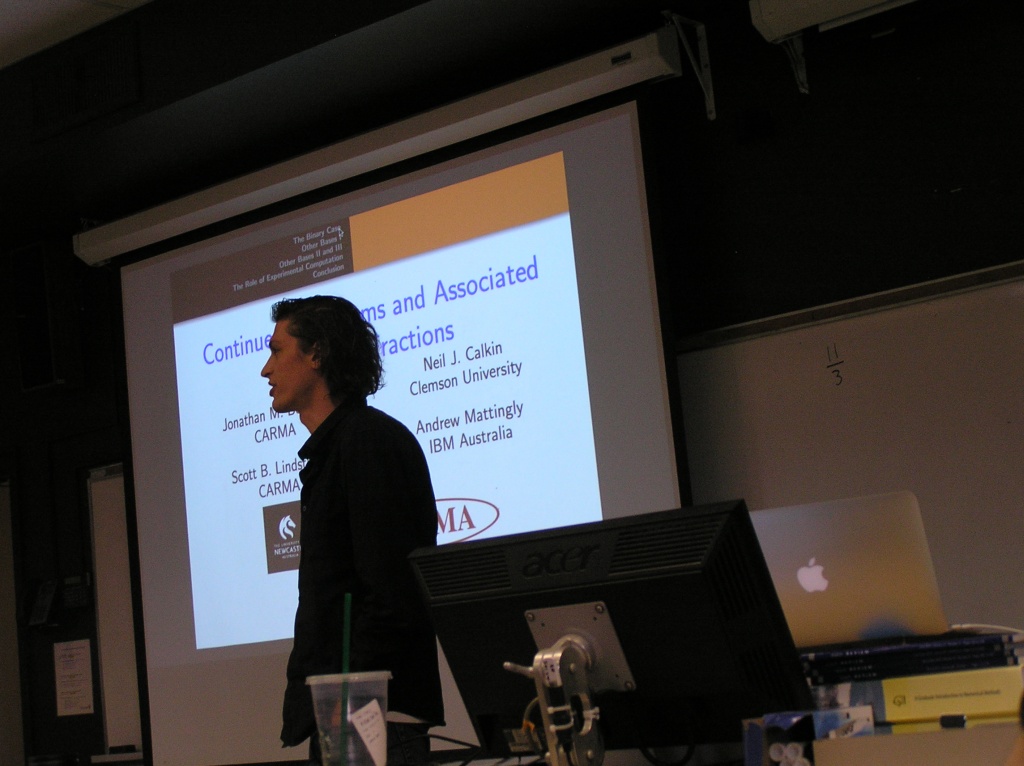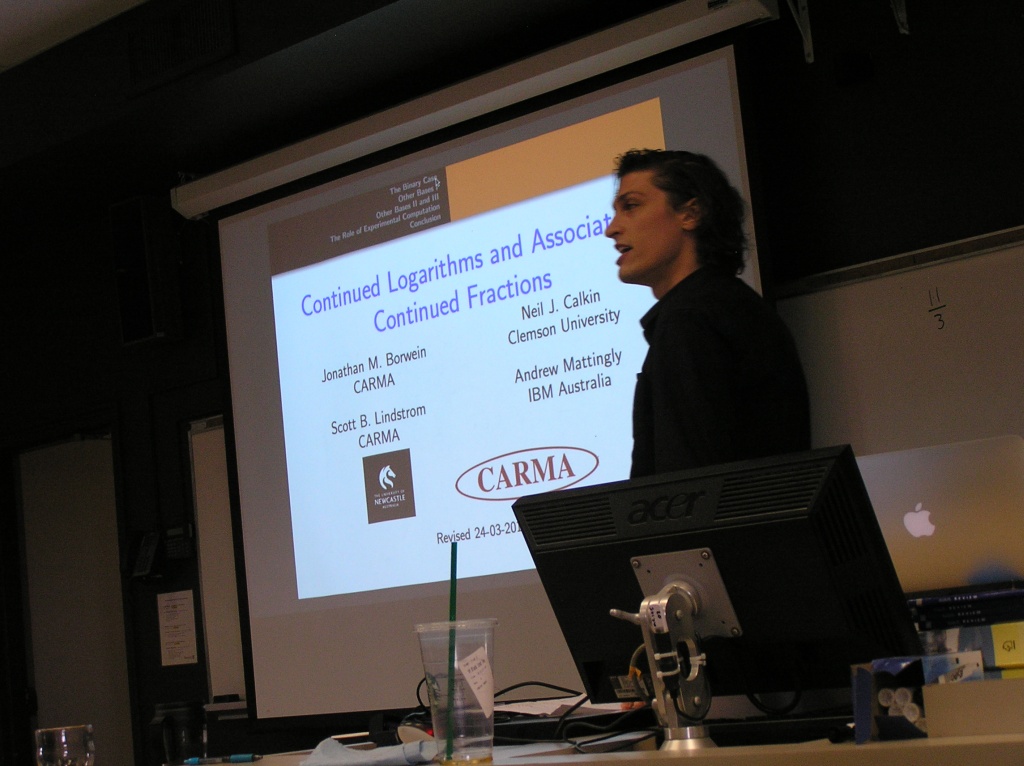



Long before current graphic, visualisation and geometric tools were available, John E. Littlewood (1885-1977) wrote in his delightful A mathematician's miscellany (Methuen 1953):"A heavy warning used to be given [by lecturers] that pictures are not rigorous; this has never had its bluff called and has permanently frightened its victims into playing for safety. Some pictures, of course, are not rigorous, but I should say most are (and I use them whenever possible myself)."
Over the past five to ten years, the role of visual computing in my own research has expanded dramatically. In part this was made possible by the increasing speed and storage capabilities - and the growing ease of programming - of modern multi-core computing environments. But, at least as much, it has been driven by my group's paying more active attention to the possibilities for graphing, animating or simulating most mathematical research activities. Part I. I shall first discuss briefly what is meant both by visual theorems and by experimental computation. I will then turn to dynamic geometry (iterative reflection methods) and matrix completion problems. Part II. I end with a description of recent work from my group in probability (behaviour of short random walks) and transcendental number theory (normality of real numbers).
 |
 |
 |
 |